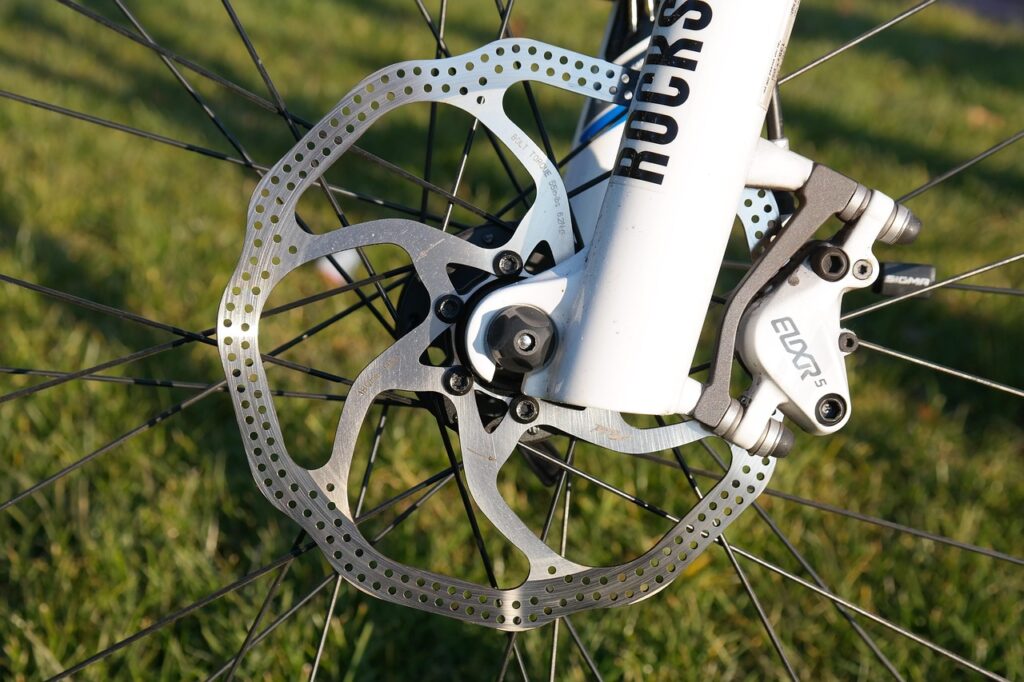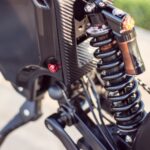Understanding MTB Brakes
Mountain biking can be a wild ride, and having the right brakes can make all the difference when it comes to safety and control. Whether you’re carving down a rocky descent or navigating tight trails, reliable brakes give you the confidence to push limits. But choosing the right set of brakes can feel overwhelming with all the options available. So, let’s break it down a bit.
Types of MTB Brakes
At the core, there are a couple of main types of brakes to consider for mountain biking. Each has its pros and cons based on the riding style and preferences.
- Disc Brakes: These have become the standard for serious mountain bikers. They provide excellent stopping power in all conditions. There are two types:
- Hydraulic disc brakes offer smooth, powerful braking with less finger fatigue because they require less force.
- Mechanical disc brakes are more straightforward and easier to adjust, but they may not provide the same consistent stopping power.
- Rim Brakes: Less common for serious mountain biking, but they do exist. These can be lighter and easier to service, yet they often struggle in wet or muddy conditions.
Criteria for Choosing MTB Brakes
When you’re on the hunt for the best brakes for your riding style, I recommend keeping a few key criteria in mind:
Stopping Power
Ultimately, you want brakes that stop quickly and effectively. The power of brakes is measured in how much force they can apply. Hydraulic disc brakes typically take the cake here for more aggressive riding modes.
Weight
Your bike’s overall weight can affect your performance, especially when climbing hills. Lighter brakes can make a noticeable difference. However, sometimes a slightly heavier brake will provide that needed stopping power during tough terrain. So, there’s a balance to strike!
Maintenance
Some brakes require more upkeep than others. Mechanical disc brakes, for instance, can be easier to adjust and maintain if you’re someone who likes to tinker. On the flip side, hydraulic systems, while superior in performance, can be a bit more finicky and may need specialized tools.
Durability
Your brakes will face countless scrapes, bumps, and wear over time. Choosing a set that can endure a beating is crucial. Look for materials that are corrosion-resistant and can stand up to varying weather conditions.
Cost
As with anything in biking, you’ll find options across a wide price range. Sometimes, spending a bit more on quality can save you money in the long run by reducing maintenance or replacements.
Top MTB Brake Recommendations
Now that we’ve covered the bases, let’s dive into some of the best MTB brakes out there for trail and downhill riding. These suckers have been tried and tested, proving their worth on various trails. Here we go!
1. Shimano XT M8100
The Shimano XT M8100 is a crowd-pleaser for a reason. This hydraulic disc brake system combines solid stopping power with an ultra-smooth feel. The four-piston calipers offer fantastic modulation and control, making it easier to handle tricky descents.
Pros:
- Outstanding stopping power
- Easy lever feel
- Durable design
Cons:
- Can be on the pricier side
2. SRAM Code RSC
If you’re serious about downhill riding, the SRAM Code RSC should be in your toolkit. These brakes are known for their immense power and reliability. You’ll feel confident charging down technical descents with these bad boys.
Pros:
- Massive stopping power
- Adjustable reach and bite point
- Great for aggressive riding
Cons:
- Weightier compared to others
3. Magura MT7 Pro
The Magura MT7 Pro is a lesser-known gem in the world of mountain biking brakes. Known for their incredible modulation and sensitivity, these brakes let you dial in the perfect amount of stopping power without grabbing too hard.
Pros:
- Sensitive feel
- Lightweight design
- Great for steep descents
Cons:
- Higher maintenance
4. Hope Tech 3 E4
The Hope Tech 3 E4 is another awesome contender, especially for those who appreciate style along with performance. They’ve got a distinctive look that sets them apart, but they also pack a punch with their four-piston design.
Pros:
- Stylish design
- Reliable performance
- Customizable
Cons:
- Can be expensive
5. TRP Quadiem G-Spec
TRP’s Quadiem G-Spec is known for its balance between performance and weight. If you’re looking for a versatile all-rounder, this could be your best bet. They handle incredibly well and are great for both trail and downhill riding.
Pros:
- Great modulation
- Lightweight
- Consistent performance
Cons:
- May need frequent adjustments
Installation and Maintenance Tips
Alright, so you’ve got the brakes. Now what? Installing and maintaining your MTB brakes can feel intimidating, but it doesn’t have to be. Here are some handy tips to make your life easier.
Installation
Installing new brakes should generally follow these steps:
- Remove the old brakes carefully, following manufacturer guidelines.
- Clean the mounting surface on the frame and fork.
- Secure the new calipers and brake levers in place. Don’t forget to align them properly!
- Adjust the brake pads to ensure they contact the rotor evenly.
- Finally, check all connections and tighten everything securely.
If you feel unsure, don’t hesitate to consult your local bike shop. They can help out or even do the installation for you.
Maintenance
To keep your brakes in tip-top shape, regular maintenance is key. Here are some best practices:
- Inspect brake pads for wear regularly. Replace them if they are too thin.
- Check for leaks in hydraulic systems. If you see any, it is time for a rebuild or replacement.
- Clean rotors and pads often, especially after muddy rides.
- Bleed hydraulic brakes at least once a year to maintain performance.
Conclusion
In the world of mountain biking, good brakes can empower you to ride harder and enjoy the thrill without the fear of losing control. At the end of the day, it comes down to personal preference and specific riding styles. While you might find another brand more suited for your needs, the recommendations above are a solid starting place.
So gear up, take on those trails, and have a blast out there. Riding should be fun, and having reliable brakes brings piece of mind as you embark on your next adventure. Happy trails!






